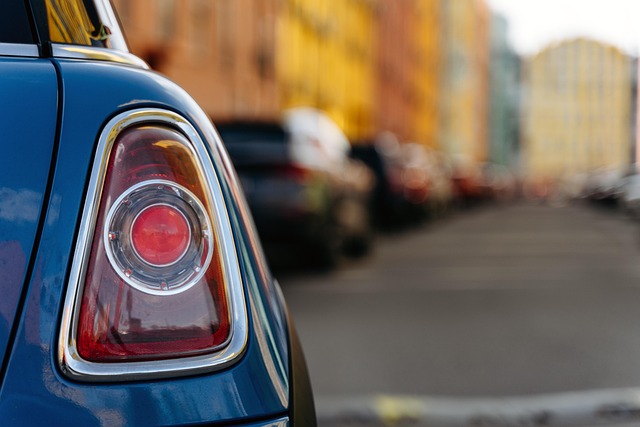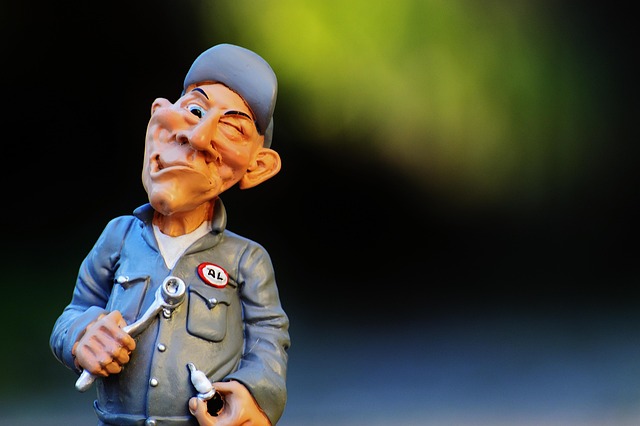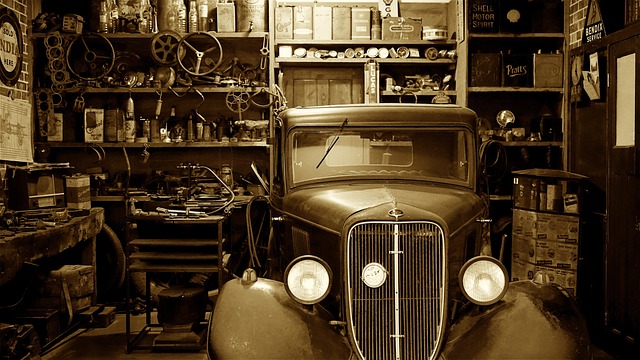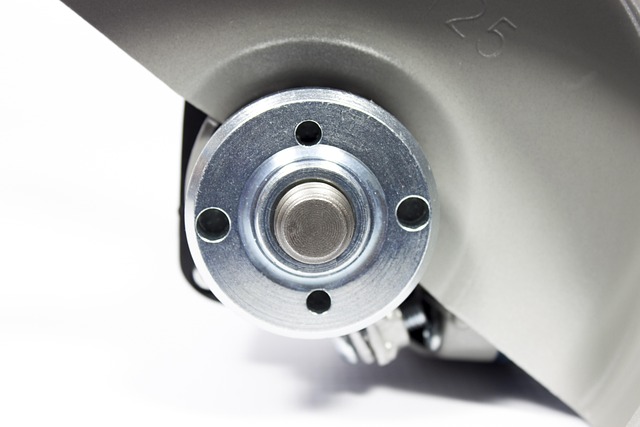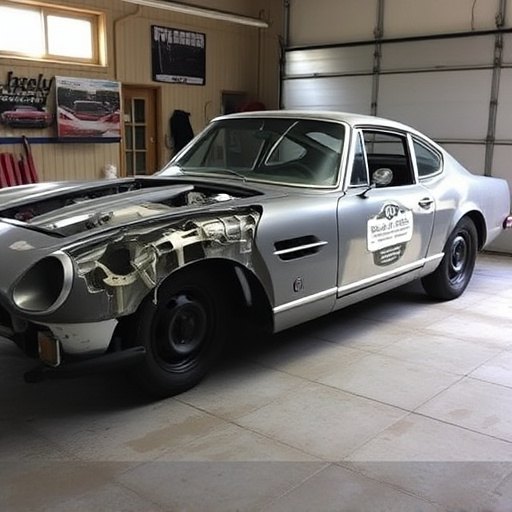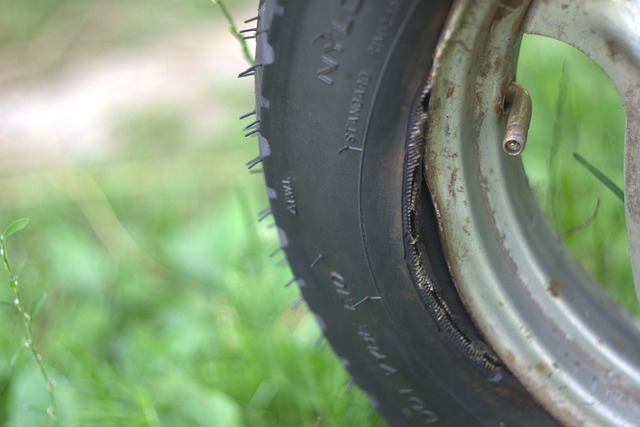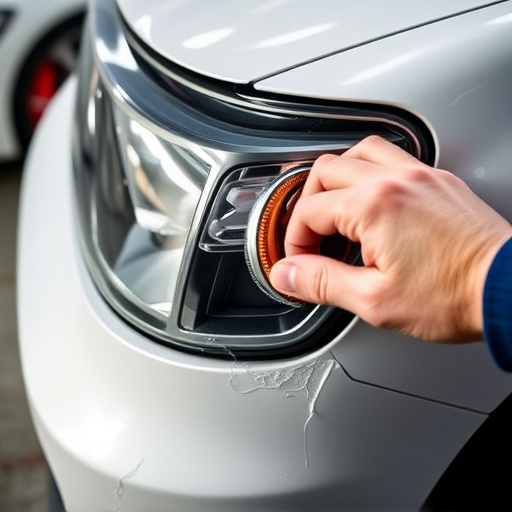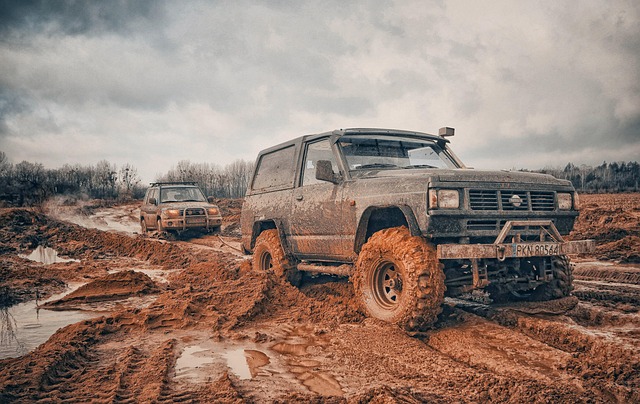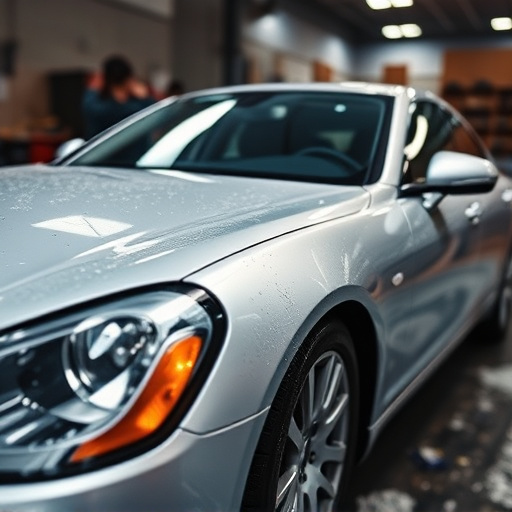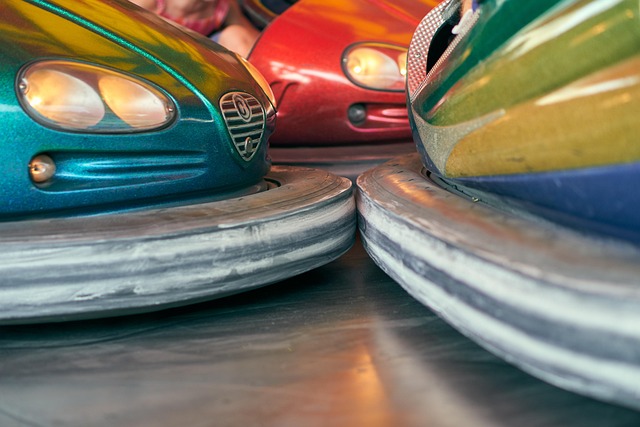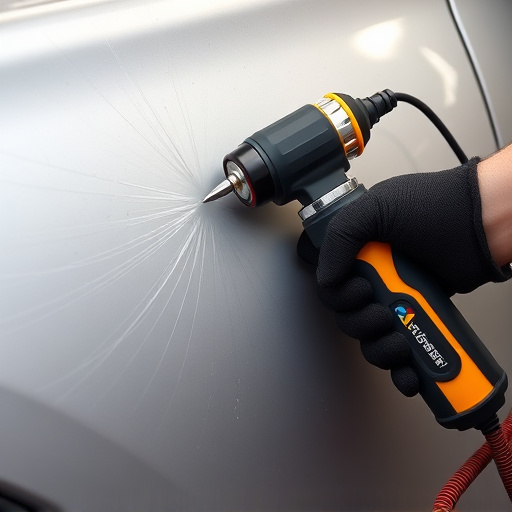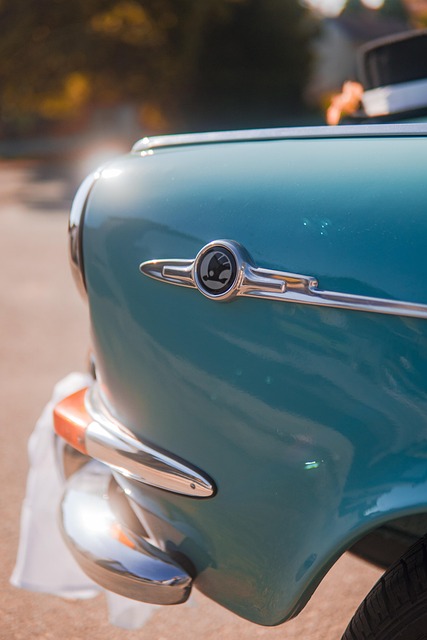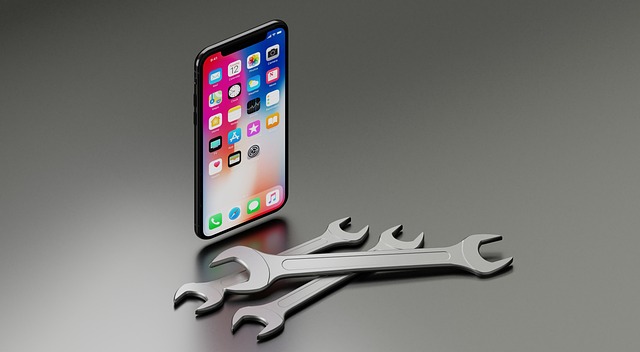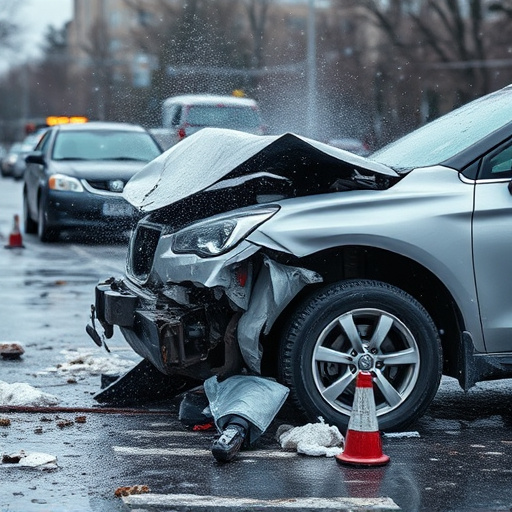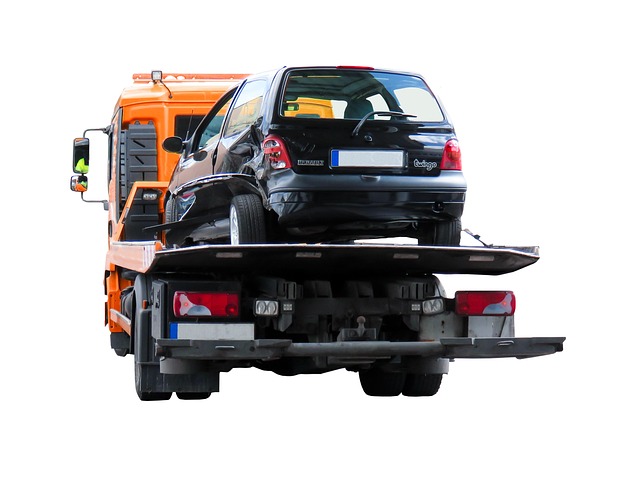Advanced technology, including laser scanning, CAD software, and 3D printing, has revolutionized vehicle restoration services. These innovations offer unparalleled precision, efficiency, and accuracy in every aspect of restoration, from body panel replacements to dent removal, ensuring historical preservation while meeting modern demands for quick turnaround times.
In the realm of vehicle restoration services, technology integration has sparked a revolution. Modern tools and digital solutions are transforming the way classics are brought back to life. This article explores the new era of precision and efficiency in vehicle restoration through advanced technologies. We delve into how these innovations cater to the intricate needs of restoring vintage vehicles, ensuring both authenticity and top-tier quality. From modern software to cutting-edge hardware, discover how technology is redefining the landscape of classic car restoration.
- Modern Tools for Vehicle Restoration: A New Era
- Integrating Technology: Enhancing Precision and Efficiency
- Digital Solutions: Restoring Classic Cars Today
Modern Tools for Vehicle Restoration: A New Era
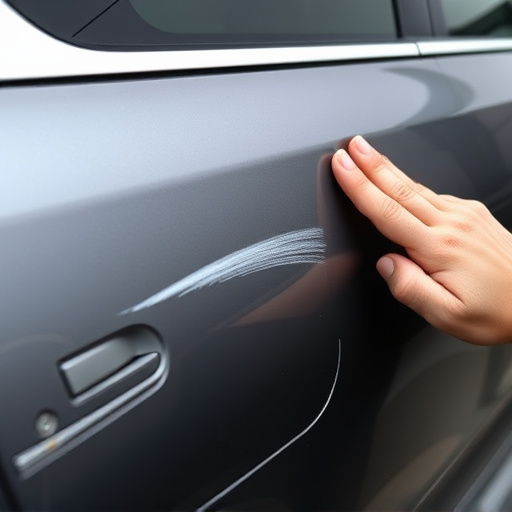
The evolution of technology has brought about a remarkable transformation in the realm of vehicle restoration services, marking a stark contrast from traditional methods. Modern tools and techniques have opened up new possibilities for restorers, allowing them to achieve previously unattainable levels of precision and efficiency. This new era in automotive collision repair is characterized by innovative equipment and software that streamline every step of the restoration process.
From advanced welding robots that ensure consistent and precise joins to sophisticated computer-aided design (CAD) software for intricate body panel replacement, these modern tools have revolutionized how vehicle restoration services are delivered. Even minor repairs like car damage repair now benefit from high-tech solutions, such as laser measuring systems that capture exact dimensions, ensuring perfect fitment of replacement parts. This technological integration not only enhances the quality of restored vehicles but also reduces turnaround times, catering to today’s fast-paced demand for quick and reliable vehicle collision repair services.
Integrating Technology: Enhancing Precision and Efficiency
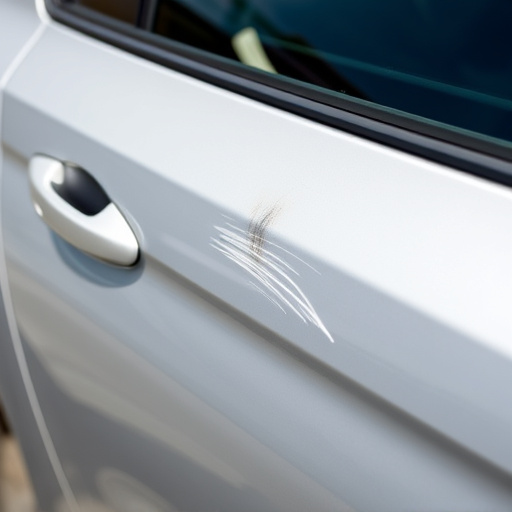
Integrating technology into traditional vehicle restoration services is revolutionizing the way restorers work. Modern tools and equipment enable precision craftsmanship like never before. Laser scanners, for instance, can accurately map a car’s surface, aiding in meticulous scratch repair and even complex panel replacement. This level of detail ensures that vehicles not only look their best but retain their original aesthetic integrity.
Furthermore, digital design software allows restorers to visualize and plan repairs with unparalleled accuracy. It streamlines processes like vehicle paint repair by digitizing color codes, ensuring precise matches every time. Even seemingly mundane tasks like car dent repair benefit from this technological advancement, as specialized tools can now remove dents faster and without leaving unsightly marks. These innovations are transforming the industry, setting new standards for excellence in vehicle restoration services.
Digital Solutions: Restoring Classic Cars Today
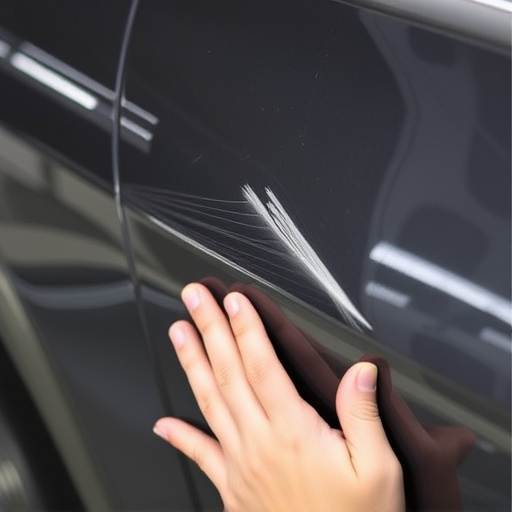
In today’s digital era, vehicle restoration services have seen a remarkable transformation with the integration of advanced technology. Classic car enthusiasts now enjoy access to innovative tools and methods that were once unavailable, revolutionizing how these timeless machines are restored to their former glory. Digital solutions play a pivotal role in modern vehicle restoration, offering precision and efficiency like never before.
For instance, computer-aided design (CAD) software enables restorers to create detailed digital models of classic cars, facilitating precise measurements and visualization. This technology ensures that every component, from intricate body panels to delicate trim, is restored accurately. Additionally, 3D printing has emerged as a game-changer, allowing for the reproduction of hard-to-find or unique parts, including auto glass replacement components, vehicle body repair pieces, and even custom dent repair solutions. These digital advancements ensure that every aspect of classic car restoration is streamlined, preserving historical significance while incorporating modern techniques.
The integration of technology into modern vehicle restoration services has marked a new era, enhancing precision and efficiency in preserving classic cars. Digital solutions have revolutionized the way restorers work, providing access to advanced tools and data that improve every aspect of the restoration process. As technology continues to evolve, so too will the capabilities of vehicle restoration services, ensuring that these iconic vehicles are not only restored to their former glory but also preserved for future generations to appreciate.
